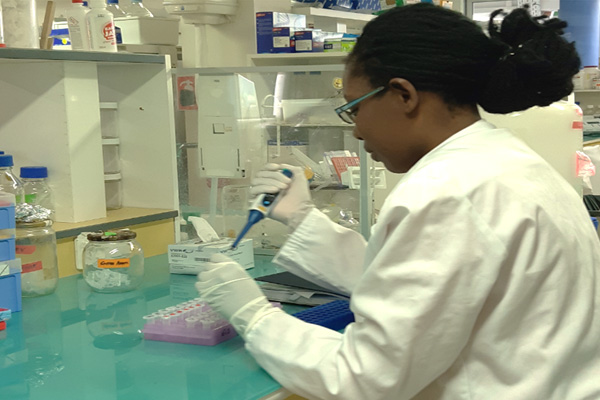Market gardeners in urban production are an essential source of fresh vegetables in the cities. Cabbages, like other urban market gardeners, are produced in difficult contexts, pushing producers to use wastewater for irrigation and animal manure as fertilizer. These practices would encourage soil contamination and production by various microorganisms often dangerous to human health. The aim of this study was to monitor production and assess microbial contamination of cabbage (Brassica oleracea) produced in the city of Daloa. An investigation was developed to determine the production of this vegetable. This survey revealed that the majority of actors were adults (> 30 years old) male dominated (63 %) and poorly educated (53 % illiterate). The main inputs were poultry manure, a mixture of dung and cow dung. The production process was empirical; which would increase the risk of contamination. The search for contamination flora as well as some potentially pathogenic bacterial species by reference microbiological standards was carried out on 18 cabbage samples from a production site. These microbiological analyzes revealed a high level of contamination by microflora, reflecting a deficit of good production and hygiene practices, particularly mesophilic aerobic germs, yeasts and molds, enterobacteria, fecal coliforms and fecal streptococci. All samples were contaminated with both Escherichia coli, Staphylococcus aureus and Salmonella spp. The CFU loads of microflora and bacteria
Keywords: Contamination, Brassica oleracea, Daloa
Les maraîchères en production urbaine sont une source essentielle dans l’approvisionnement en légumes frais dans les grandes villes. Le chou comme d’autres maraichers urbains, sont produits dans des contextes difficiles, poussant des producteurs à utiliser les eaux usées pour l’irrigation et les déjections d’animaux comme fertilisants. Ces pratiques favoriseraient une contamination des sols et des productions par divers microorganismes souvent dangereux pour la santé de l’Homme. Cette étude avait pour objectif de suivre la production et d’évaluer la contamination microbienne du chou (Brassica oleracea) produit en pleine ville de Daloa. Une enquête a été élaborée pour cerner la production de ce légume. Cette enquête a révélé que la majorité des acteurs était des adultes (>30 ans), dominée par le genre masculin (63 %) et peu instruite (53 % d’analphabètes). Les principaux intrants étaient la fiente de volaille, un mélange de fiente et de la bouse de bœuf. L’itinéraire technique de production était empirique ; ce qui augmenterait le risque de contamination. La recherche de flores de contamination ainsi que certaines espèces bactériennes potentiellement pathogènes par utilisation des normes microbiologiques de référence a été réalisée sur 18 échantillons de chou d’un site de production. Ces analyses microbiologiques ont révélé une forte contamination par des microflores, traduisant un déficit de bonnes pratiques de
Mots clés: Contamination, Brassica oleracea, Daloa
Received: August 8th 2019 Revised: September 30th 2019 Accepted: September 30th 2019 Published:October 19th 2019

infosim@sim-ivoire.com
+225 43 85 33 32 / 57 11 13 72
08 BP 2300 Abidjan 08
Views:
Download:
